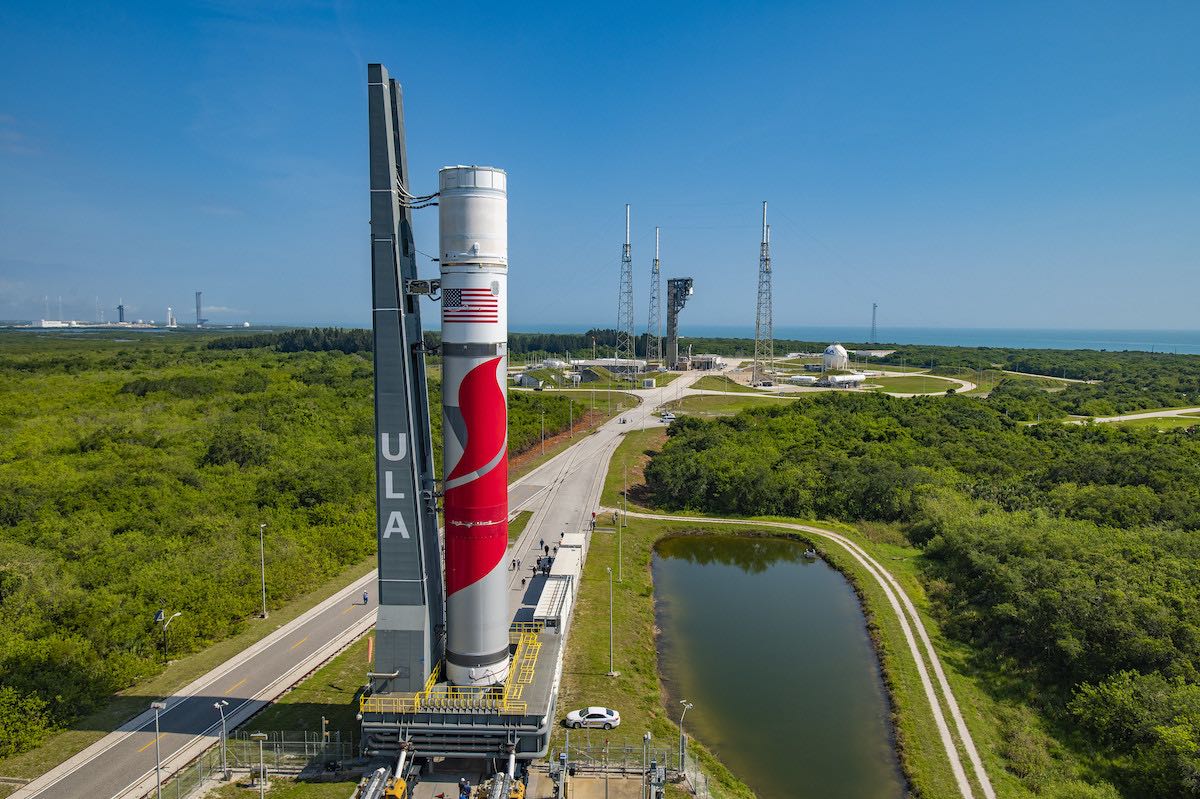By NASA
January 13, 2022

NASA’s Lucy mission is the first spacecraft launched to explore the Trojan asteroids, a population of primitive asteroids orbiting in tandem with Jupiter. Credit: NASA’s Goddard Space Flight Center
The Lucy spacecraft, launched on October 16, 2021, is now over 30 million miles, or 48 million kilometers, from Earth and continues to operate safely in “outbound cruise” mode. Besides a solar array that didn’t latch after deployment — an issue the mission team is working to resolve— all spacecraft systems are normal. The arrays are producing ample energy, charging the spacecraft’s battery as expected under normal operating conditions.
The current plan supports a latch attempt in the late April timeframe; however, the team is continuing to study the possibility of leaving the array as is. In the meantime, in the lab, they are testing a dual motor solar array deployment using both the primary and backup motor. The testing aims to determine if engaging both motors at the same time applies enough force to complete the deployment and latch the solar array.
In addition to the solar array activity, the team continues to run routine operations on the spacecraft. The next activity is calibrating guidance, navigation & control hardware to ensure pointing accuracy of the spacecraft.
On January 5, Lucy completed a test to look at the dynamics of the spacecraft in order to characterize the solar array.
Note: This article have been indexed to our site. We do not claim legitimacy, ownership or copyright of any of the content above. To see the article at original source Click Here













